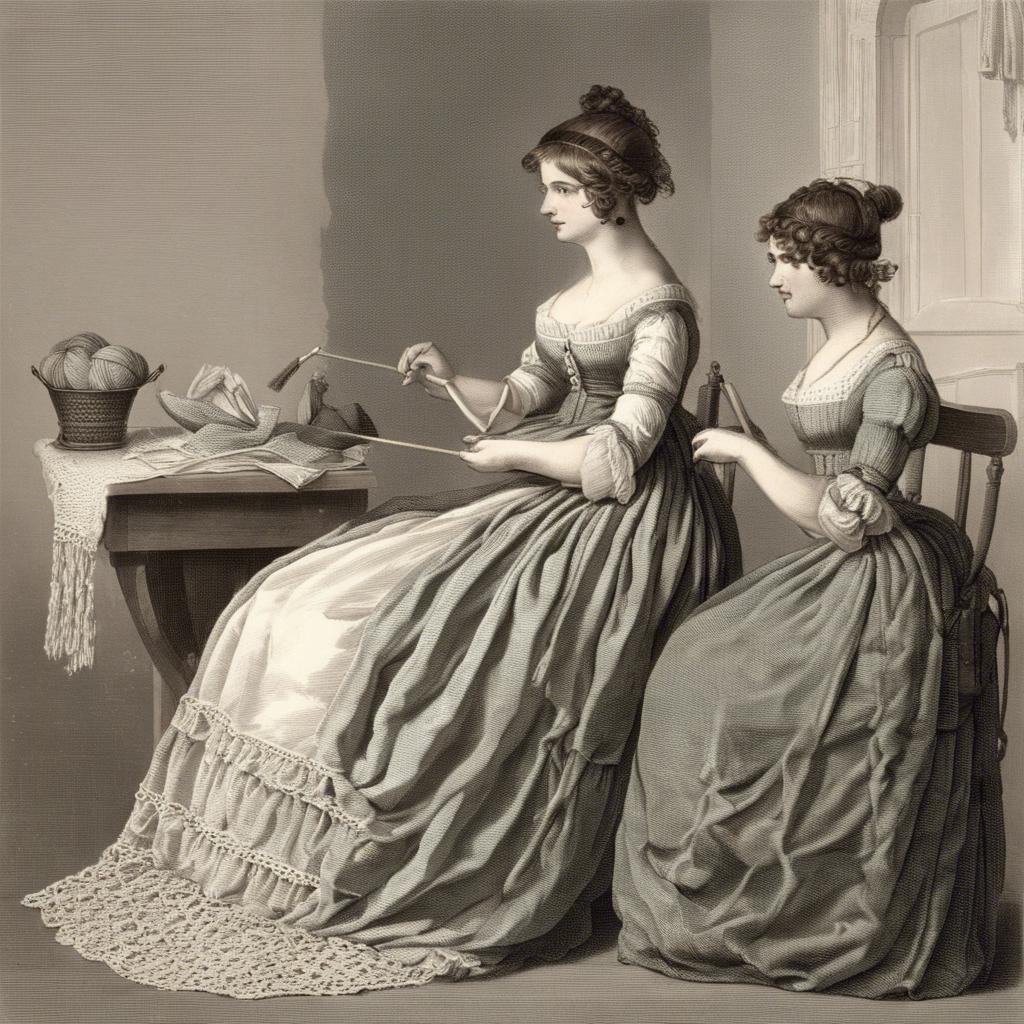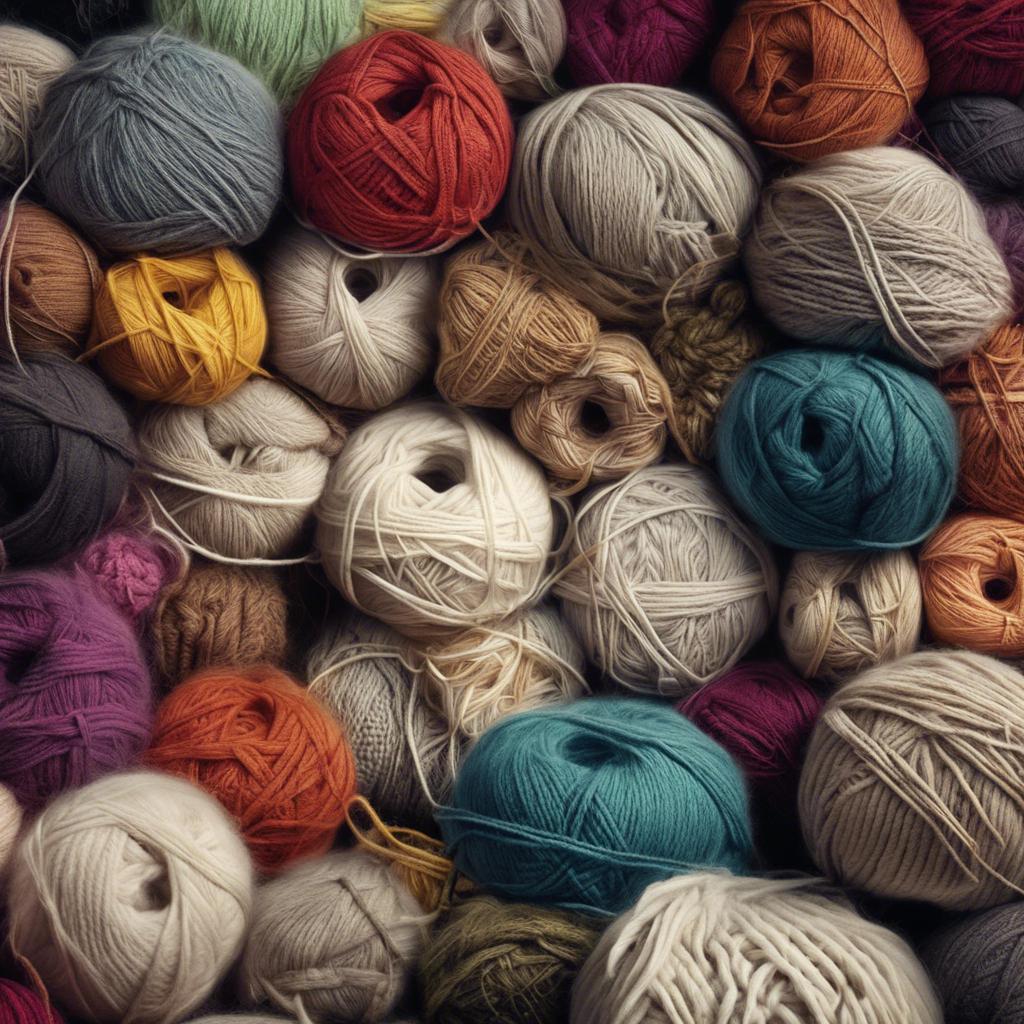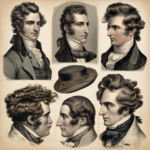During the Regency era in early 19th century England, knitting was not merely a domestic pastime, but a social ritual of refinement and elegance. The art of knitting during this period reflected the opulence and sophistication of Regency society, with intricate patterns and luxurious materials adorning the wardrobes of men, women, and children alike. From delicate shawls to warm mittens, Regency era knitting was not only a practical skill, but a symbol of status and cultural sophistication. In this article, we will explore the history and significance of knitting during the Regency era, shedding light on this often overlooked aspect of fashion and society in this pivotal period of British history.
Step Into the World of Cheryl Bolen
Dive into the enchanting stories of love, intrigue, and elegance set in the Regency Era. Cheryl Bolen's novels offer timeless romance and captivating tales that will leave you wanting more.
Explore Cheryl Bolen's Books Now
Introduction: Delving into the Fashionable World of Regency Era Knitting
Welcome to the fascinating world of Regency era knitting, where elegance and fashion intertwine with craftsmanship and creativity. During the early 19th century, knitting was not just a practical skill, but a form of art that adorned the garments of the fashionable elite. From intricate lace patterns to delicate silk yarns, Regency era knitting encompassed a wide range of techniques and materials that represented the height of sartorial sophistication.
One of the most iconic aspects of Regency era knitting was the prevalence of shawls, which were not only functional accessories but also dazzling fashion statements. Knitted shawls were often embellished with intricate lace motifs, delicate fringes, and luxurious fibers such as silk and cashmere. These exquisite garments were highly coveted by fashionable ladies of the time, who prized them for their beauty and versatility.
Whether you are an experienced knitter looking to delve into the rich history of Regency era patterns or a novice seeking inspiration for your next project, this exploration of Regency era knitting will transport you to a bygone era of style and sophistication. Join us as we unravel the threads of history and discover the timeless appeal of Regency era knitting.
The Importance of Fine Materials and Intricate Stitch Patterns in Regency Era Knitting
In the Regency Era, knitting was not only a practical skill but also a form of artistry. Fine materials such as silk, cashmere, and fine wool were highly prized for their luxurious feel and exquisite drape. These materials allowed for intricate stitch patterns to be created, showcasing the skill and creativity of the knitter.
The use of delicate lace patterns, intricate cables, and elaborate colorwork were common in Regency Era knitting. Knitters would often spend hours working on a single piece, ensuring that every stitch was perfect and every detail was meticulously executed. The end result was a garment that was not only functional but also a work of art in its own right.
Knitting during the Regency Era was a way for individuals to showcase their status and skill. Those who could afford fine materials and intricate patterns were often seen as fashionable and sophisticated. Knitting circles were a common social activity, where women would come together to share patterns, techniques, and stories, creating a sense of community and camaraderie among knitters.
Exploring the Role of Knitting in Womens Social Life During the Regency Era
Knitting during the Regency Era was not just a simple pastime for women, but an essential social activity that played a crucial role in their daily lives. Women of all social classes would gather in parlors or drawing rooms to knit together, creating a sense of community and camaraderie. This shared interest in knitting helped to strengthen bonds between women and provided a space for them to socialize and support each other.
The act of knitting was not just about creating garments or accessories, but also about sharing stories, gossip, and news with one another. As women sat together and worked on their knitting projects, they would engage in lively conversations, exchanging ideas and information. Knitting circles became a way for women to connect with each other, forming friendships and alliances that would extend beyond the walls of the parlor.
In addition to the social aspect, knitting during the Regency Era was also a form of creative expression for women. They would showcase their skills and talents through intricate lace patterns, colorful yarns, and detailed designs. Knitting allowed women to demonstrate their creativity and individuality, while also producing practical and beautiful items for themselves and their families.
Tips for Recreating Authentic Regency Era Knitting Patterns and Techniques
First and foremost, to recreate authentic Regency era knitting patterns and techniques, it is important to familiarize oneself with the materials and tools that would have been used during that time period. This includes using fine wool yarn in natural colors, such as cream, grey, and brown, as well as utilizing steel knitting needles for a more traditional feel.
When following Regency era knitting patterns, pay close attention to the instructions and techniques used. Many patterns from this time period feature intricate lacework and delicate designs, so having a keen eye for detail is essential. Additionally, be prepared to master techniques such as lace knitting, cable knitting, and textured stitches to truly capture the essence of Regency era knitting.
One helpful tip for recreating authentic Regency era knitting patterns is to seek out historical knitting resources, such as antique knitting pattern books or online archives. By studying patterns and techniques from the past, you can gain a deeper understanding of the craftsmanship and artistry that went into knitting during the Regency era, allowing you to create truly authentic pieces that evoke the spirit of the time period.
Future Outlook
regency era knitting not only provided practical warmth and utility but also served as a reflection of the social and cultural values of the time. The intricate patterns and techniques passed down through generations convey a rich history of craftsmanship and creativity. As we continue to appreciate the legacy of regency era knitting, may we remember the skilled hands and timeless artistry that have woven together a vibrant tapestry of tradition. Let us honor the past and continue to preserve and celebrate this enduring craft for generations to come.


